
Visitors experience guessing lantern riddles in Beijing on Feb. 12, 2025. (Photo:China News Service/Zhang Xiangyi)
(ECNS) -- Chinese Lantern Festival, also known as the Yuanxiao Festival, is one of China's most traditional celebrations, held on the 15th day of the first month in the lunar calendar.
The first month of the lunar year is called “Yuan,” and ancient Chinese referred to the night as “Xiao.” The 15th day of the first month, marking the first full moon night of the year, is celebrated as the “Yuanxiao Festival.”
The Lantern Festival was included in the second batch of national intangible cultural heritage in 2008.
The festival can be dated back over 2,000 years to the Western Han Dynasty (202 BC-25 AD).
The traditional practice of admiring lanterns during the festival began in the Eastern Han Dynasty (25 AD-220 AD) under Emperor Ming.
Emperor Ming (28 AD-75 AD), who promoted Buddhism, learned that Buddhist monks would observe the relics of the Buddha on the 15th day of the first lunar month, lighting lamps to honor Buddha. He then ordered that lamps be lit in the royal palace and temples that evening, and instructed both the aristocracy and common people to hang lanterns.
Over time, this Buddhist ritual gradually evolved into a grand folk celebration. The festival spread from the imperial court to the common people across the whole country.
In terms of the duration of the festival, during the Han Dynasty (202 BC- 220 AD) , it lasted only one day.
By the Tang Dynasty (618 AD-907 AD) , it had extended to three days. In the Song Dynasty (960 AD-1279 AD) , the festival lasted as long as five days. During the Ming Dynasty (1368 AD-1644 AD), lanterns were lit from the 8th day of the first lunar month until the night of the 17th, lasting ten days.
The festival was closely linked to the Spring Festival, with bustling daytime markets and lively scenes. At night, lanterns were lit, creating a spectacular sight. Boasting intricate and colorful lanterns, the festival became the highlight of entertainment during the Spring Festival period.
By the Qing Dynasty (1644 AD-1911 AD) , additional performances such as dragon dances, lion dances, and stilt walking were incorporated into the celebrations. However, the duration of the festival was shortened to four or five days.
Eating Yuanxiao, glutinous rice flour dumplings with sweetened stuffing, is a cherished tradition during the Lantern Festival. Made from glutinous rice flour, these dumplings are typically filled with sweet fillings. Their delicious sweetness symbolizes family unity, harmony and happiness.














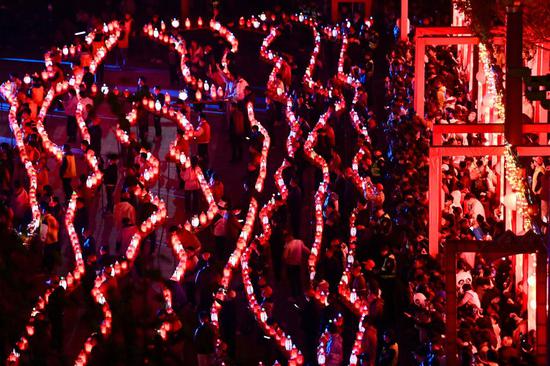
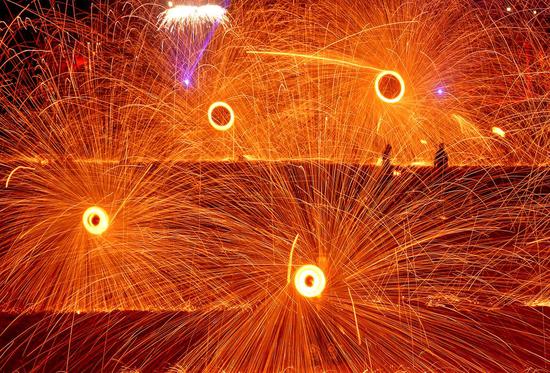


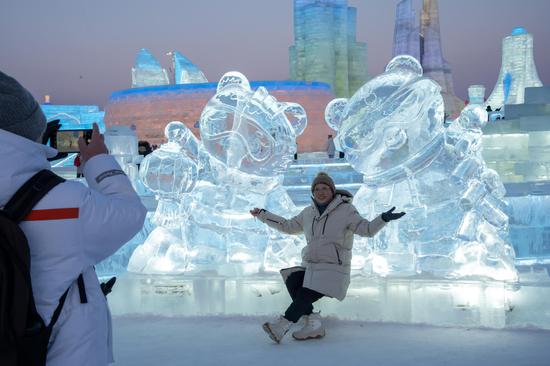
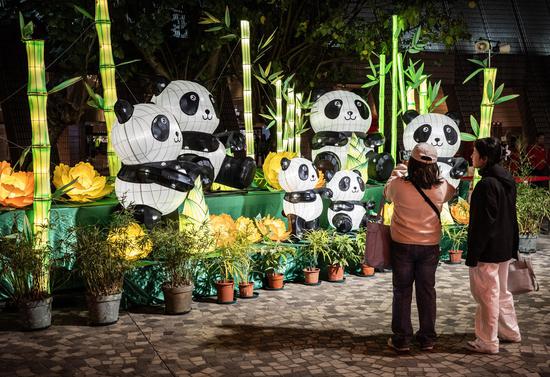

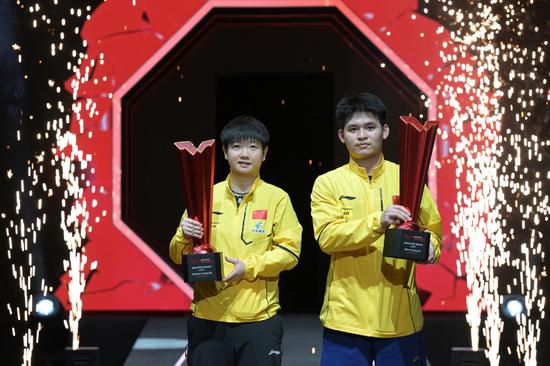










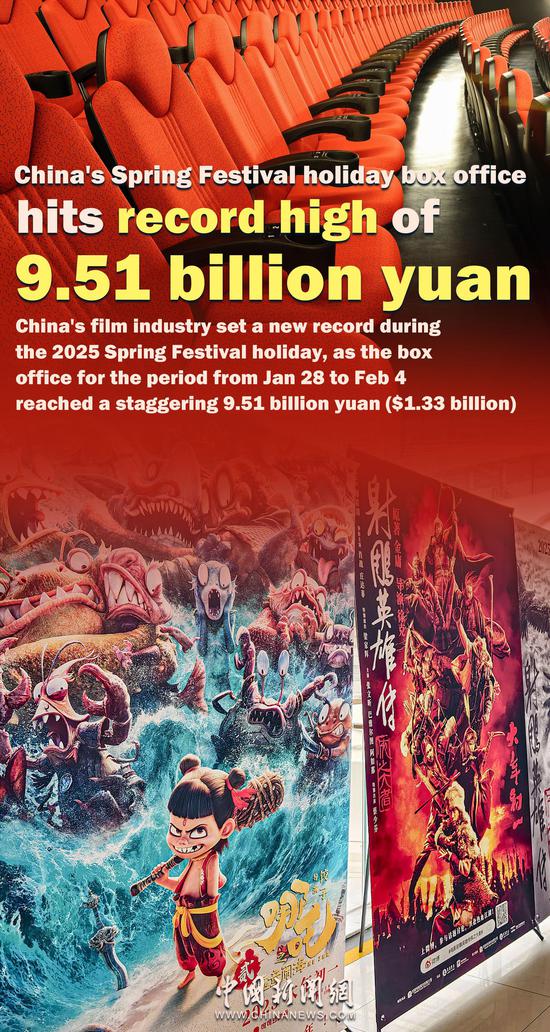
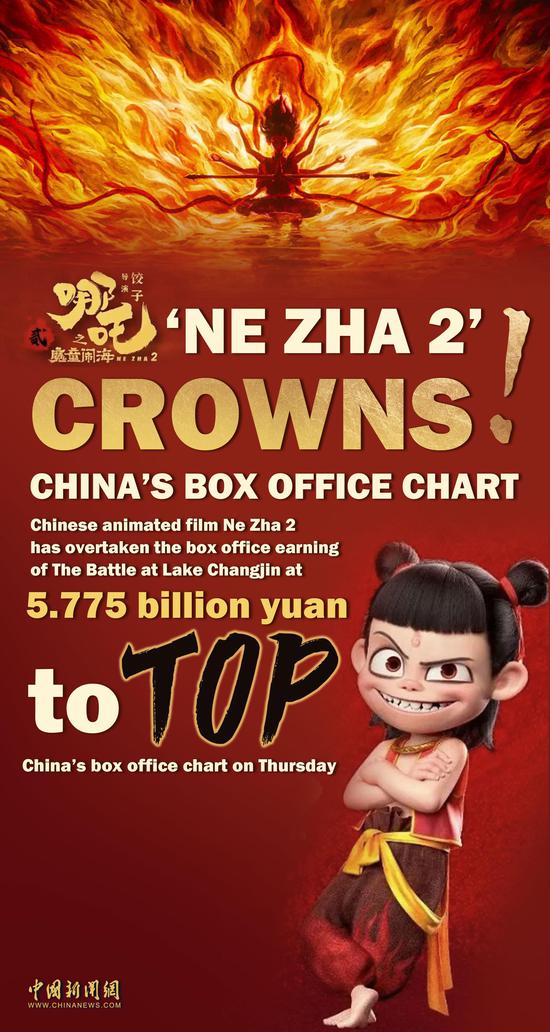
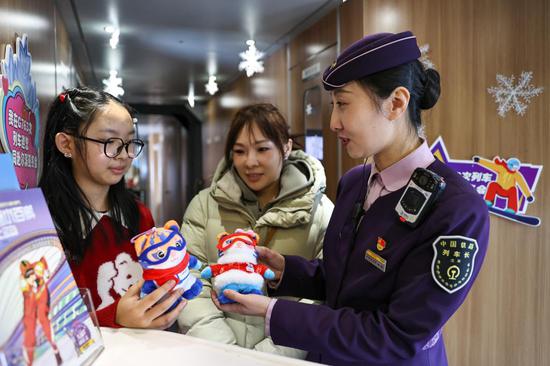
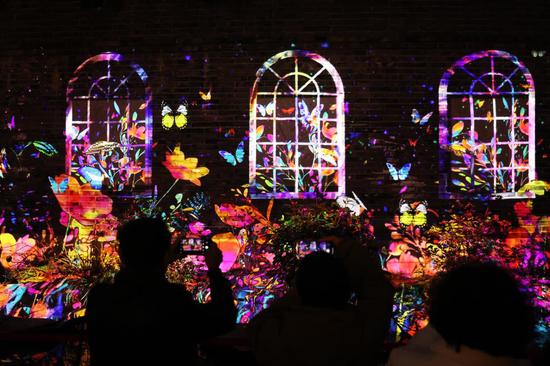

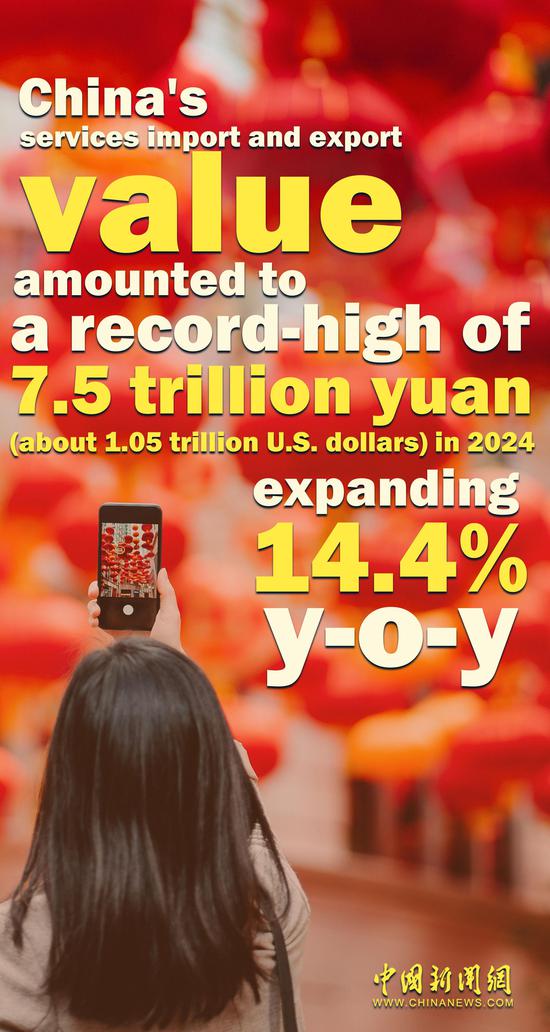

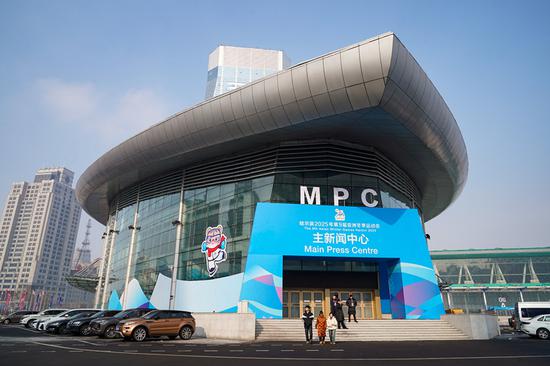

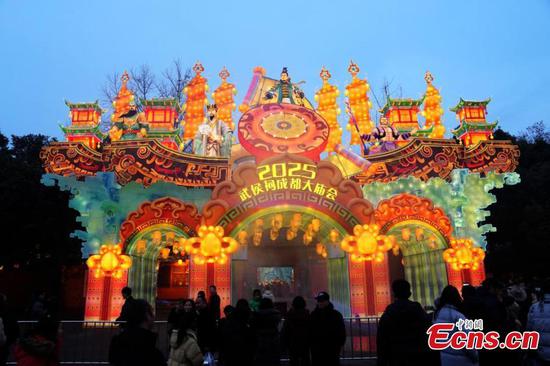
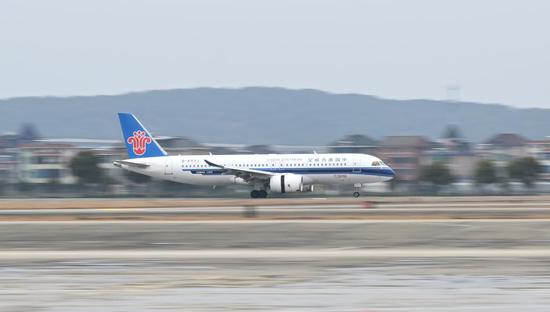



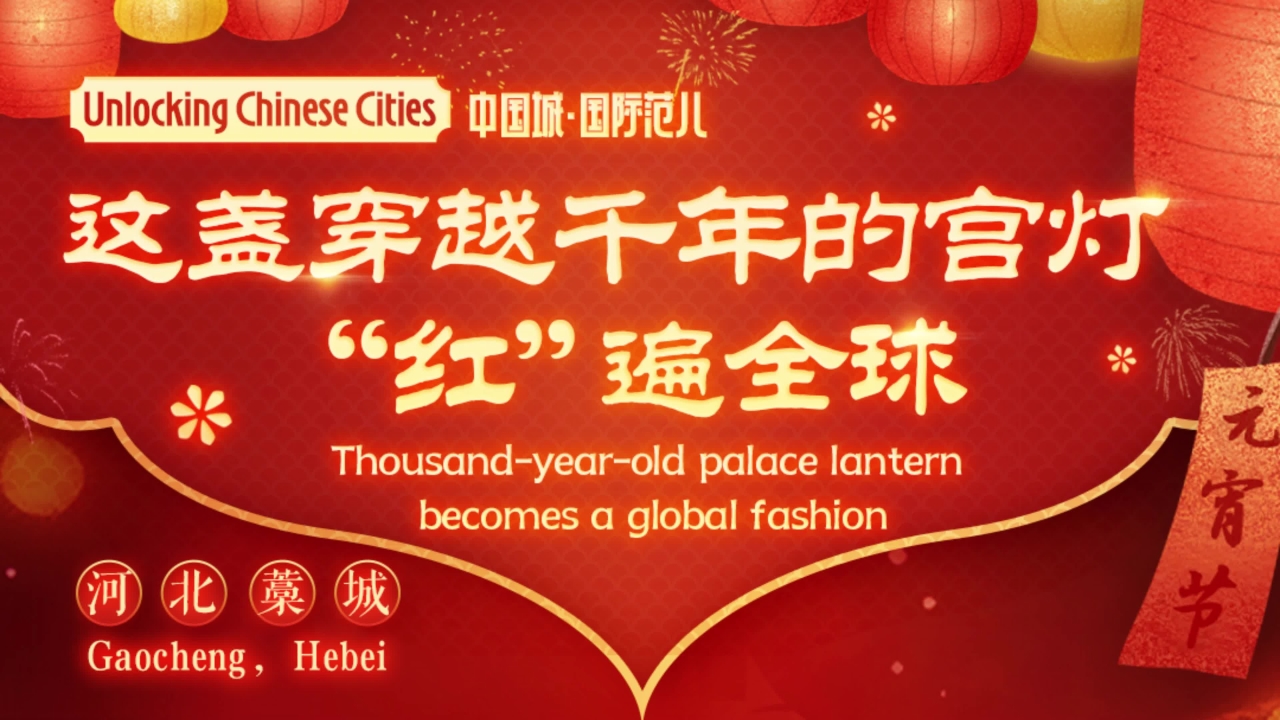



 京公網安備 11010202009201號
京公網安備 11010202009201號